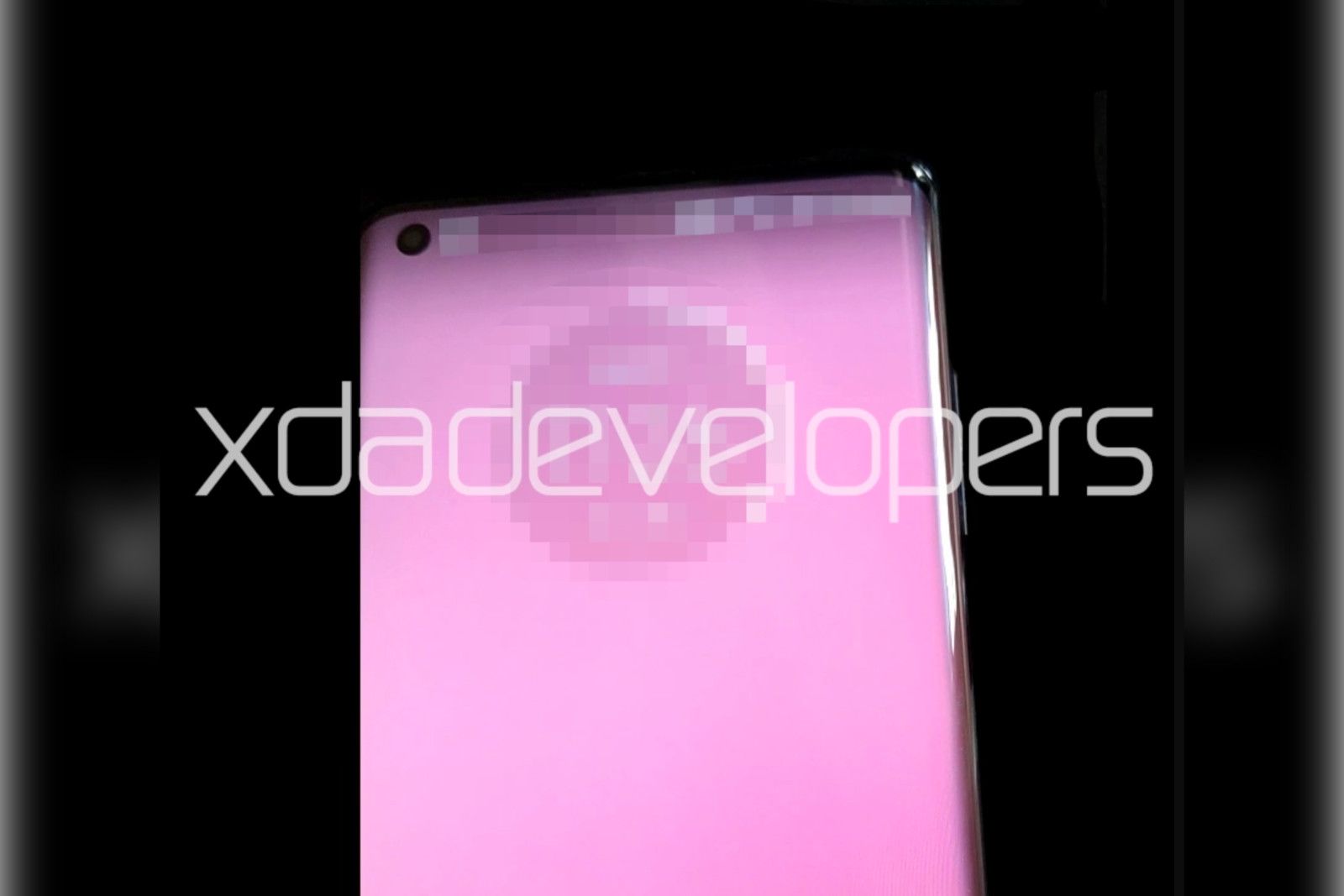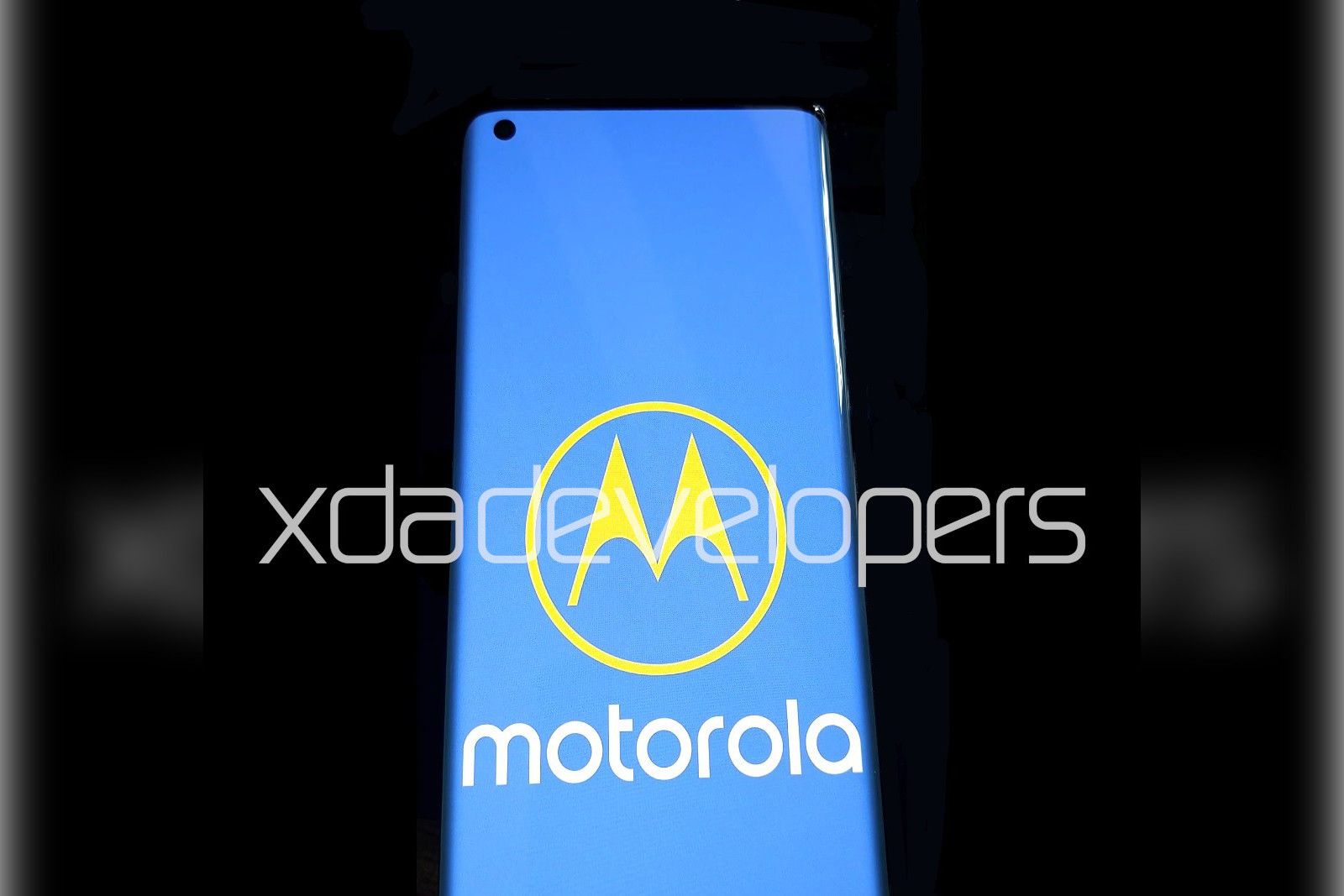According to a recent report, Motorola is looking to launch some pretty high-end smartphones at Mobile World Congress 2020. And one of them: the Moto One 2020 could feature an impressive waterfall display.
Images have leaked showing the display being used in Moto's next range of premium devices.
So far, the term 'waterfall display' has been used to describe screens where the glass panel curves steeply around the corner to the point of it being a 90-degree angle.
This usually means there's no room for physical buttons on the outside, but Moto's phones have what looks like a volume rocker on the right edge, and the curve doesn't appear to be as steep as the one we've seen on the Huawei Mate 30 Pro and the Vivo NEX 3. 
XDA Developers - who originally posted the images - also listed a bunch of features we should supposedly expect to see in the next Moto One range, which includes two phone models.
Unlike the Moto G series which are aimed at the more budget conscious buyer, the Moto One range is expected to feature high end features and premium build.
Specifically, the display on the front of the Moto One phones will feature a refresh rate higher than 60Hz. That means likely 90Hz, similar to the OnePlus 7T Pro, and - as you can see in the image - it has a hole-punch camera.
Inside, the most high end Moto One is said to feature the Snapdragon 865 processor with 5G, while the slightly cheaper model uses a Snapdragon 765.
There seems to be some confusion as to whether or not both phones will have 5G, but the suspicion is that only the more expensive model will have it.
Both are rumoured to feature plenty of storage (128GB) with the main difference being battery size and internal RAM.
In this instance, that's 6GB RAM and a 4,660mAh battery versus the 8GB/12GB RAM and hefty 5,170mAh battery.
Whatever the exact details end up being, it seems Motorola is about to launch a proper flagship phone for the first time in what seems years. Perhaps a necessity to bridge the gap between its expensive RAZR project and the mid/low end phones it's usually associated with.

